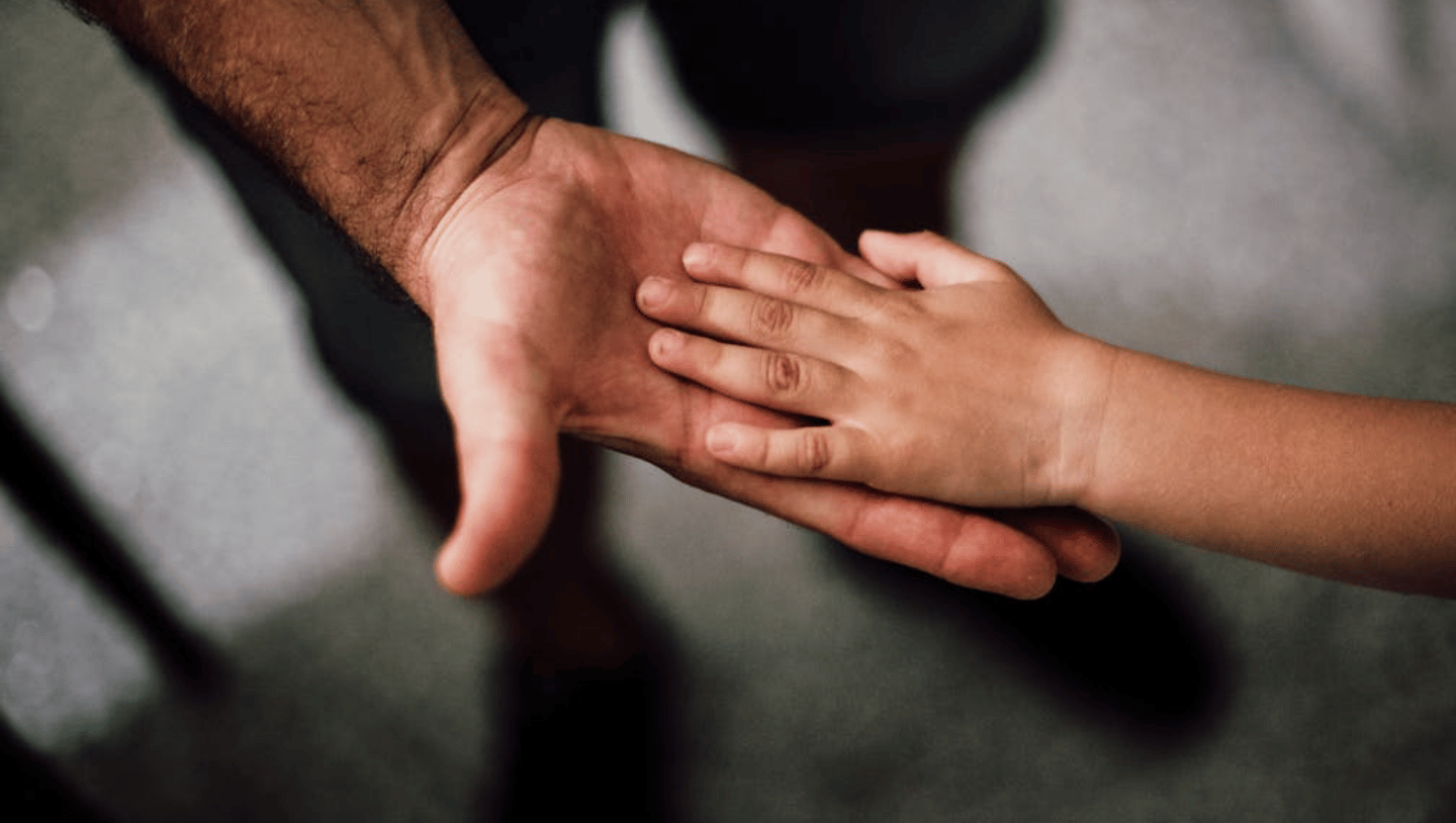Establishing boundaries is important for children’s emotional and physical well-being. Teaching kids how to set these boundaries fosters a sense of safety, autonomy, and respect for themselves and others. This education equips children with the tools to navigate various situations in life, from social interactions to personal safety. As parents, it’s important to instill these lessons at an early age, ensuring they grow up knowing how to express their needs and boundaries effectively. Discovering creative and engaging ways to impart these lessons makes the teaching process both enjoyable and effective. Through diverse approaches, children can learn the definition of boundaries and the rationale behind them.
Understanding Kids’ Boundaries
Children often struggle to understand the concept of personal boundaries. At a young age, kids may not recognize the difference between physical, emotional, and social boundaries. Physical boundaries refer to personal space and physical touch, while emotional boundaries involve feelings and emotional responses. Explaining these distinctions is crucial in helping children identify discomfort or violation in various situations.
Parents can encourage kids to express their feelings, ensuring they feel safe voicing discomfort when boundaries are crossed. Engaging in discussions about personal experiences can make these concepts relatable. Role-playing scenarios can further reinforce the importance of asserting boundaries in a controlled and supportive environment. Through these interactive methods, children learn that boundaries are not just rules but are important for self-respect and personal integrity. Open communication about boundaries cultivates trust, empowering kids to discuss their feelings without fear of judgment.
Teaching Kids to Recognize Unsafe Situations
Children need to understand what constitutes an unsafe situation. From an early age, they should be able to identify situations or individuals that may pose a threat to their safety. Teaching kids to trust their instincts provides a critical layer of protection, as fear can sometimes be an important signal of danger. Explain that they should always remove themselves from uncomfortable or suspicious situations, regardless of outside opinions. Encouraging kids to speak with trusted adults about their insecurities or fears fosters a culture of communication and security.
Real-life examples and discussions around current events can highlight the necessity of these lessons without instilling unnecessary fear. Teaching your kids about children’s safety in public helps them recognize potential dangers in various environments. Practicing what to do if separated from guardians or encountering strangers enhances their confidence and ability to react appropriately. Such practices can empower children, giving them the skills needed to navigate the world safely.
The Role of Clear Communication
Establishing open lines of communication is crucial for discussing boundaries and safety with children. Encourage kids to express their thoughts and feelings honestly. Developing this habit allows them to articulate their needs and fears more effectively. As parents, it’s important to listen without interruption, validating their feelings and choices. Creating a safe space for discussions improves their willingness to open up about their concerns. Use affirmations and encouragement to remind your kids that it’s alright to express discomfort or disagreement in any situation.
Teaching effective communication skills involves role-playing different scenarios where they may have to assert their boundaries. Through practice, children can learn to communicate their limits clearly and confidently. Reinforce the significance of being polite yet firm when stating their boundaries. These skills will serve them well throughout life, especially in difficult situations. By nurturing these communication habits early on, you empower your children to advocate for themselves with confidence and clarity.
Building Confidence Through Role-Playing
Engaging in role-play is one of the most effective methods to teach kids about boundaries and personal safety. Through this playful yet structured technique, children can enact various situations where they may need to assert their boundaries. Allowing them to practice what to say and do in hypothetical scenarios promotes understanding and retention of these important lessons. Role-playing boosts their confidence and enables them to be mentally prepared for real-life situations.
Parents should actively participate in these exercises, creating a supportive environment that allows kids to explore their reactions and emotions freely. This interactive learning method reinforces healthy responses while making the conversations enjoyable. Through these exercises, kids can experience empowerment as they become adept at setting and respecting personal boundaries.
Encouraging Independence and Decision-Making
Fostering independence in children plays a significant role in boundary-setting. Allowing kids to make choices develops their decision-making skills, which are integral to establishing personal boundaries. Parents can encourage independent thinking by offering options, whether related to daily tasks or social interactions. Discuss the potential consequences of each choice to help them understand the impact of their decisions.
This empowerment lays the foundation for kids to feel secure in their ability to assert their boundaries confidently. Encouraging self-reflection after decisions can further enhance their decision-making capabilities. Asking questions like how they felt about their choices will prompt critical thinking and insights about their comfort zones and personal limits. Instilling this sense of independence will benefit children in diverse aspects of life.

Fostering an Environment of Respect
Instilling a culture of respect goes hand in hand with teaching boundary-setting. Children must learn to respect their boundaries while being considerate of others. Reinforcing the idea that personal boundaries are for their protection and the well-being of others fosters empathy and kindness. Parents can model respectful behavior and demonstrate how to address violations constructively. Teaching kids the importance of consent and mutual respect lays a solid foundation for their interactions throughout life.
Encouraging this respectful dialogue within the family strengthens relationships and nurtures understanding. A culture of respect will enhance their awareness of personal boundaries in various life stages, ensuring they always prioritize healthy connections with others. Realizing that boundary-setting is an important life skill equips children to navigate numerous challenges throughout their lives.
By implementing these strategies at home, parents can empower their kids to maintain their safety and emotional well-being effectively. Building their self-confidence and communication skills will enable children to establish relationships based on mutual respect and trust. Teaching kids about boundaries is not an overnight process, but with consistent guidance and support, children will undoubtedly grow into aware and respectful individuals.




